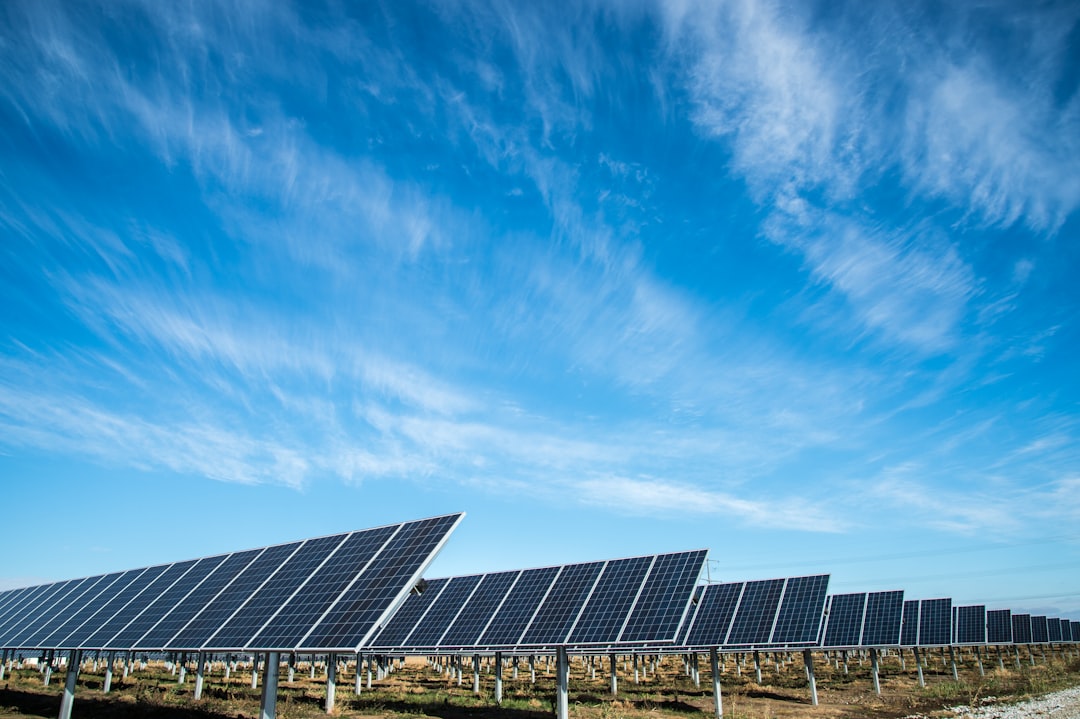What is it about?
Van der Waals ferromagnets have created a lot of excitement in the fields of condensed matter physics and materials science as they bring novel spintronic applications to the family of 2-dimensional crystals. An important fundamental question is the origin of magnetic order in two dimensions, precluded by the Mermin-Wagner theorem. In the first discovered Cr-based materials such as CrI3, magnetic anisotropy, that refers to the preferred orientation of magnetic vectors perpendicular to the layer plane, removes this restriction and allows the existence of 2-dimensional Ising ferromagnetism. Magnetism in VI3 is dissimilar from the Ising ferromagnetism in the Cr-based materials as the origin of magnetic anisotropy in VI3 is fundamentally different. These experiments show in an indirect way, the importance of spin-orbit coupling setting the 2-dimensional magnetic order in VI3.
Featured Image

Photo by Umberto on Unsplash
Why is it important?
There is yet no consensus on the ground state and mechanism that brings a band gap and magnetism to VI3. This works uses a capability of Angle Resolved Photoemission Spectroscopy ARPES to identify the orientation of the orbitals that make up the valence band of VI3, bringing light on the important question of the ground state of VI3 and most importantly, on the role played by spin-orbit coupling in the observed magnetic order in this material.
Perspectives
ARPES has the unique capability of imaging the electronic structure of materials by directly resolving in energy and momentum. This work shows an example on how the use of different light polarizations can reveal hidden information in the electronic band structure, such as the main orientation of the orbitals that make the ground state of a material.
Claudia Ojeda-Aristizabal
California State University Long Beach
Read the Original
This page is a summary of: Polarization dependent photoemission as a probe of the magnetic ground state in the van der Waals ferromagnet VI3, Applied Physics Letters, October 2022, American Institute of Physics,
DOI: 10.1063/5.0108498.
You can read the full text:
Resources
Contributors
The following have contributed to this page










